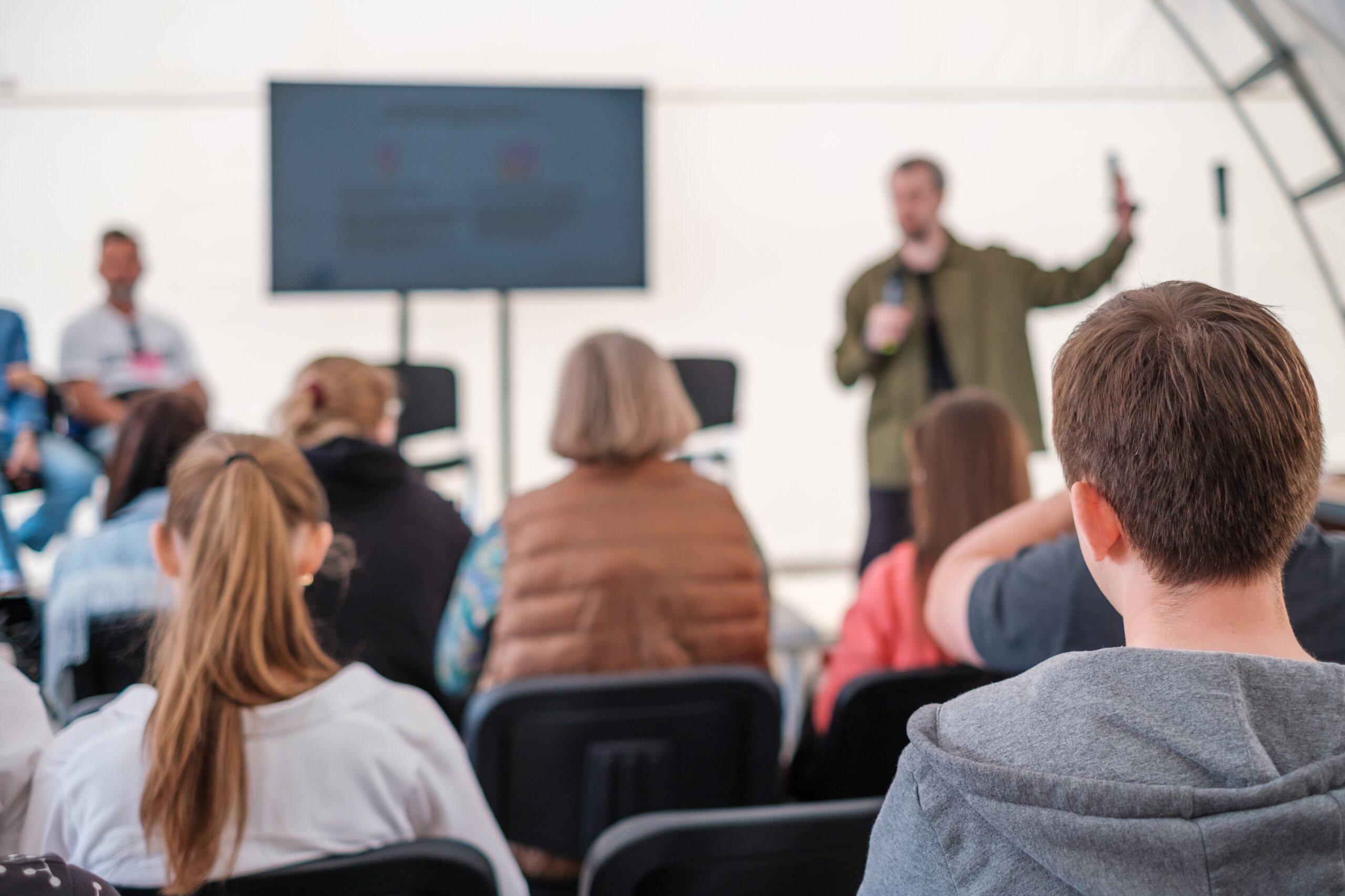Belonging is a fundamental human need that sits at the heart of Maslow’s Hierarchy of Needs, as a gateway to our full potential. In recent years, the concept of belonging has gained renewed importance for business as a key factor in driving employee engagement, productivity and overall success. As companies navigate post-pandemic challenges, including decreased productivity, widespread loneliness and difficulties in reintegrating employees into physical offices, the lens of business has identified belonging as a key to answering these challenges—and to unlocking serious growth in engagement and the bottom line.
Experience design offers a real and unique opportunity to foster cultures of belonging, addressing many organizational challenges and goals. A Harvard Business Review report shows that 40% of individuals feel lonely at work, indicating a significant portion of the workforce is not fully engaged. Sadly, recent reports show this number has risen to 47%.
When people feel disconnected, their engagement suffers. This means that nearly half of the people we design for are less engaged than they could be. Event designers can measure engagement as a barometer of belonging. When belonging is present, engagement rises, leading to compelling benefits. Research shows that teams with a strong sense of belonging perform 56% better, and individuals who feel belonging receive more promotions and raises, thriving both personally and professionally.
From a sales and marketing perspective, those who experience belonging are 167% more likely to recommend their organization, highlighting the value of belonging in driving customer advocacy and influencing purchasing decisions. Valuegraphics reveals that consumers are willing to pay 12% more for products and experiences that align with their values, with belonging ranking as the number one value in the United States and among the top three globally. Whether focusing on employee experience, customer experience, or user experience, these statistics underscore that the experiences we design can create cultures of belonging that benefit everyone.
The Wheel of Belonging: A Framework for Audience Understanding
Storycraft Lab’s research of belonging began with a collaboration with Google’s Experience Institute, where we explored evolving techno-social norms. Through extensive interviews and research, we asked people to tell us their stories of belonging. Three primary dimensions of belonging emerged: meaning, emotions and magic (transformation).
1. Meaning: This dimension encompasses relevancy, impact and actionable outcomes. It reflects how belonging fosters a sense of purpose and connection to something larger than oneself.
2. Feeling: Emotions play a crucial role in belonging. Feeling valued, heard, acknowledged, seen, considered, loved and appreciated are essential for individuals to feel a part of a group.
3. Magic: Transformation or growth, often described as magical, occurs when individuals experience moments that change their perspectives, allowing them to grow and evolve.
These were distilled into pathways that represent the journeys individuals undertake towards belonging. These pathways include empowerment, purpose, fulfillment and joy, freedom to be, love and appreciation, true authenticity, thinking differently and universality.
To translate these insights into practical applications, Storycraft Lab developed the Wheel of Belonging for participants to map their belonging journeys, fostering reflection and connection. In 2023, we used the wheel at various events both virtual and face to face, across North America, South America, and Europe. These interactives, where participants could weave their story, facilitated deep reflection and connection among participants. This was instrumental in identifying the key touchpoints such as trust, finding your people and connection that resonate across all industry verticals, geographies and roles.
Practical Applications
1. Belonging-centered Design
Storycraft Lab’s Wheel of Belonging offers practical applications that can transform organizational culture and events by design. For instance, by aligning the belonging journey with the customer journey, organizations can enhance belonging from pre-event digital interactions through to post-event experiences. In fall 2023, I taught NYU’s MA in Event Management program, successfully using this framework to introduce the ‘Belonging-centered Design’ method.
2. Revealing Your Organization’s Belonging DNA
Weaving stories into a collective structure created a space for discussing belonging experiences and fostered dialogues that led to emotional connections and shared understanding. It evolved from an individual exercise to a social and connective practice, igniting belonging through storytelling.
The insights gathered revealed unique patterns within different groups and organizations. For instance, corporate planners and managers exhibited different touchpoints compared to those in the fintech sector. Similarly, marketers and public health professionals showed distinct preferences.
This diversity in belonging stories underscores the importance of understanding the unique belonging DNA of each group. By identifying common touchpoints, organizations can tailor their strategies to foster a sense of belonging that resonates deeply with their specific audience.
3. Stories at the Heart
Sharing stories fosters an emotional connection essential to belonging. When individuals share what matters to them, they engage in an exchange that strengthens memory pathways and builds lasting connections. This emotional aspect aids in retaining information and cultivates a safe space for vulnerability, nurturing openness and understanding.
“The act of discussing belonging sparked a sense of Belonging.”
These elements are crucial in creating safe spaces where individuals feel valued and heard. Storycraft Lab’s framework allows both individual and collective stories to be told, helping organizations understand the unique Belonging DNA of different groups. By collecting stories year-round and using them to inform strategic design, organizations can create deeply resonant experiences. This continuous feedback loop enhances belonging within organizations and their events.
Now and Next: The Journey continues
In 2024, Storycraft Lab continues to develop and refine the Wheel of Belonging into an app with a dashboard to capture audience insights and needs around belonging, helping organizations benchmark and enhance their efforts to foster belonging by design. We are now offering facilitator training to leadership and development teams, running workshops to document the power of storytelling, and documenting the connection between Belonging and high-performing teams.
Incorporating the Wheel of Belonging into the design of experiences not only enriches the individual’s journey but also strengthens the collective fabric of your organization. The power of belonging lies in the stories we tell and the shared experiences we build. Embracing this approach can lead to more engaged, productive, and thriving communities, enabling experience designers to create cultures where everyone feels they belong. Get in touch to learn more about how you can use the Wheel of Belonging in your work.
—
 Naomi Clare is founder and CEO of Storycraft Lab. She specializes in refining big ideas and concepts into meaningful and measurable experiences.
Naomi Clare is founder and CEO of Storycraft Lab. She specializes in refining big ideas and concepts into meaningful and measurable experiences.




